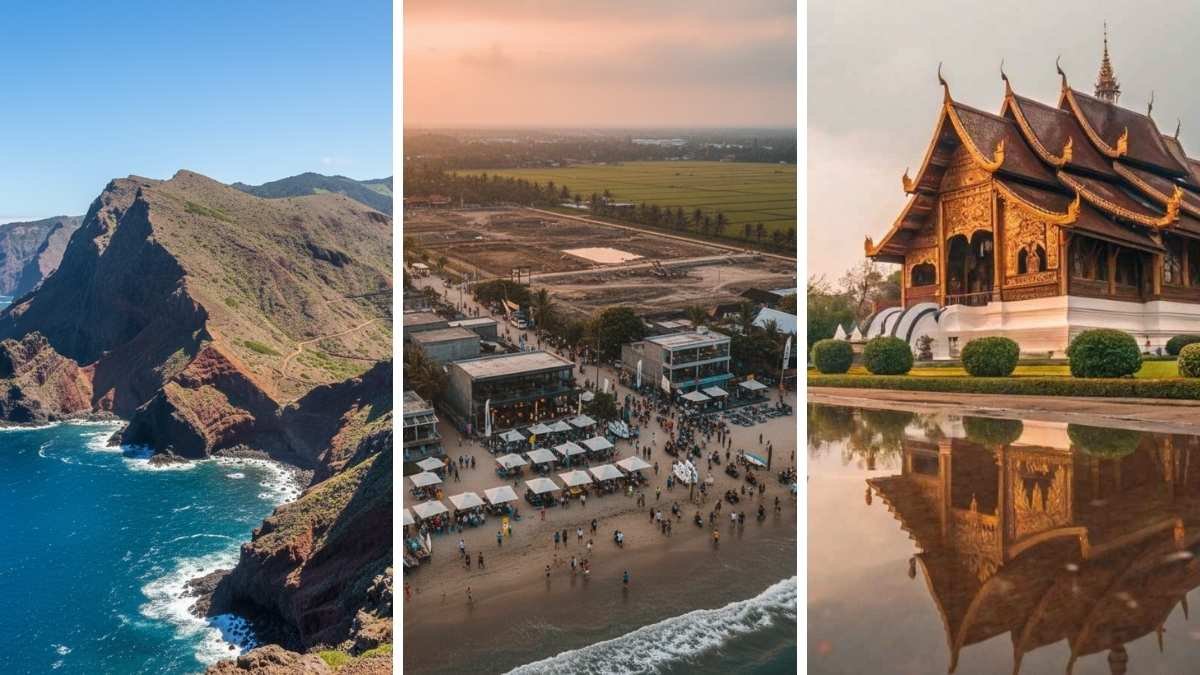
Sunlight spilling over cobblestone streets, once full of laughter and local chatter, now hums with laptop clicks and latte art.
The world’s most beloved towns—those built on slow mornings, neighborhood ties, and honest smiles—are starting to feel the strain of being everyone’s dream destination. Locals whisper it quietly at first, then louder: something is slipping away.
Yet, behind the chaos of overrun cafés and skyrocketing rents, new havens still hold their balance—places where visitors are guests, not occupiers. Before you pack your bags, take a look at where the welcome is still warm—and where it’s worn thin.
1. Canggu, Bali – The Surf Town That Lost Its Soul
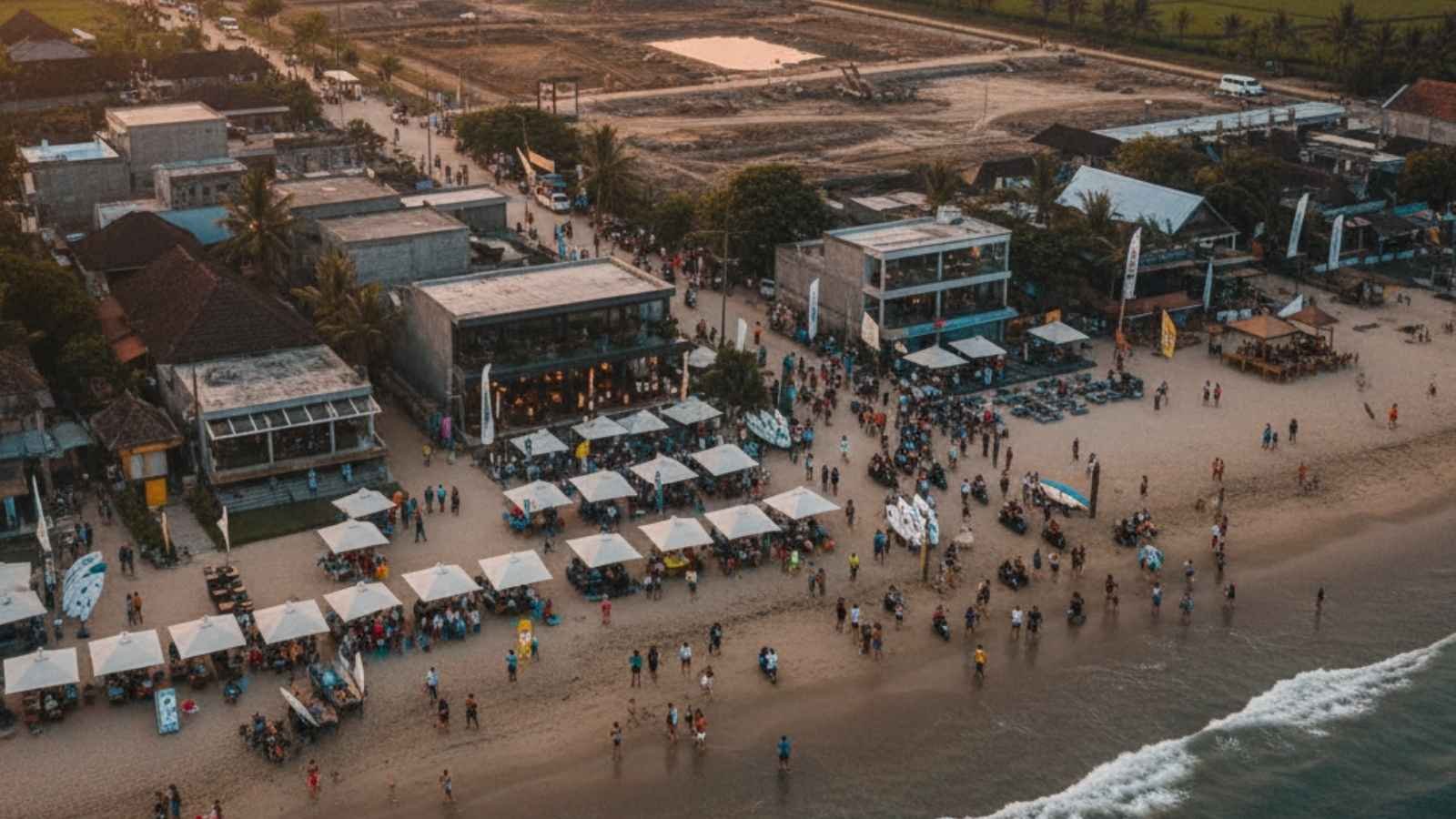
Canggu was once the kind of place where you’d share waves with local surfers, swap stories over fresh coconut water, and fall asleep to the sound of frogs in the rice fields. Then came the digital nomad boom. Over the last decade, this laid-back surf village turned into a hotspot packed with coworking cafés, boutique hotels, and traffic that crawls slower than the island’s sacred ceremonies. Locals have voiced frustration at rising rents, disappearing farmland, and the “Instagramification” of what used to be their quiet community.
Still, it’s not all lost. A short drive away, smaller Balinese towns like Pererenan or Seseh still carry that unhurried rhythm — the kind where roosters outnumber scooters. If you want to experience real Bali, you’ll find it there. The beaches are less crowded, the warungs still cook with love, and smiles don’t come with a Wi-Fi password.
For digital nomads, the key is simple: tread lightly and spend locally. Support family-run cafés instead of international chains, respect community rules, and treat the land like a home you’ll have to explain to your grandchildren.
Quick Notes:
- Best months to visit: April to October (dry season)
- Better alternative nearby: Pererenan or Seseh
- Local etiquette tip: Dress modestly in temples and villages
- Currency: Indonesian Rupiah (IDR)
2. Chiang Mai, Thailand – From Serene Sanctuary to Startup Circus

For years, Chiang Mai was the digital nomad capital of the world — cheap apartments, Buddhist calm, strong coffee, and lightning-fast internet. But success can be a double-edged sword. The Nimmanhaemin area, once full of student hostels and family-run noodle stalls, has become nearly unrecognizable. Trendy coworking spaces replaced traditional teahouses, and landlords priced out locals who could no longer afford the rent.
Locals often say that what they miss most isn’t peace or affordability — it’s an authentic connection. The kind that thrived when travelers came to learn Thai cooking or volunteer at elephant sanctuaries, not just chase hashtags. There’s still a sense of community if you wander into the backstreets of Santitham or Wat Ket, where the pace slows again and people still greet strangers with a warm “sawasdee ka.”
Chiang Mai remains magical, but the best way to experience it now is to skip the obvious digital-nomad enclaves and reconnect with the heart of the North — through food, festivals, and small acts of respect.
Quick Notes:
- Best months to visit: November to February (cool, dry season)
- Better alternative nearby: Pai or Lamphun
- Local etiquette tip: Never touch someone’s head, and remove shoes before entering homes or temples
- Currency: Thai Baht (THB)
3. Medellín, Colombia – A City Reborn, Then Reran
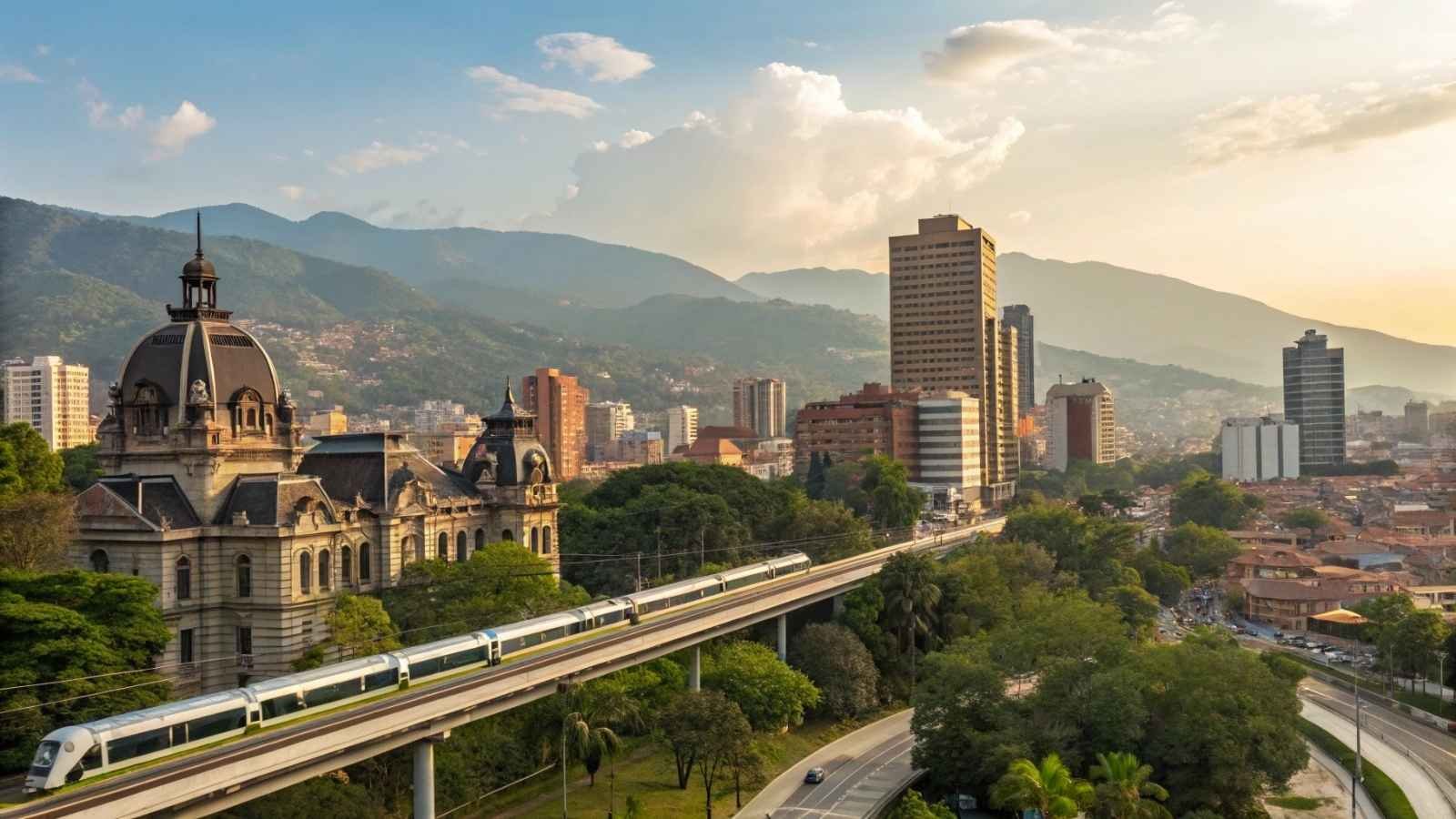
Medellín’s transformation from danger zone to digital-nomad darling is one of Latin America’s great comeback stories. But lately, locals in El Poblado and Laureles say it’s veering off course. A flood of remote workers pushed rents sky-high, forcing long-time residents out and shifting the city’s vibe from local pride to transient hustle. What was once a victory of community-led urban renewal now feels like another victim of “cool city syndrome.”
That said, Medellín still shines — especially when you explore outside the nomad bubble. Wander through Envigado, visit small family cafés in Sabaneta, and you’ll rediscover the warmth and rhythm that made this city famous for its transformation. Locals are proud of what they built; they just don’t want to lose it to the next round of remote work trends.
If you go, learn a bit of Spanish, respect local pricing, and remember that you’re a guest in a city that rebuilt itself from the ashes.
Quick Notes:
- Best months to visit: December to March (less rain, great weather)
- Better alternative nearby: Envigado or Sabana
- Local etiquette tip: Colombians value friendliness — greet before asking questions
- Currency: Colombian Peso (COP)
4. Lisbon, Portugal – The City That Got Too Cool for Comfort
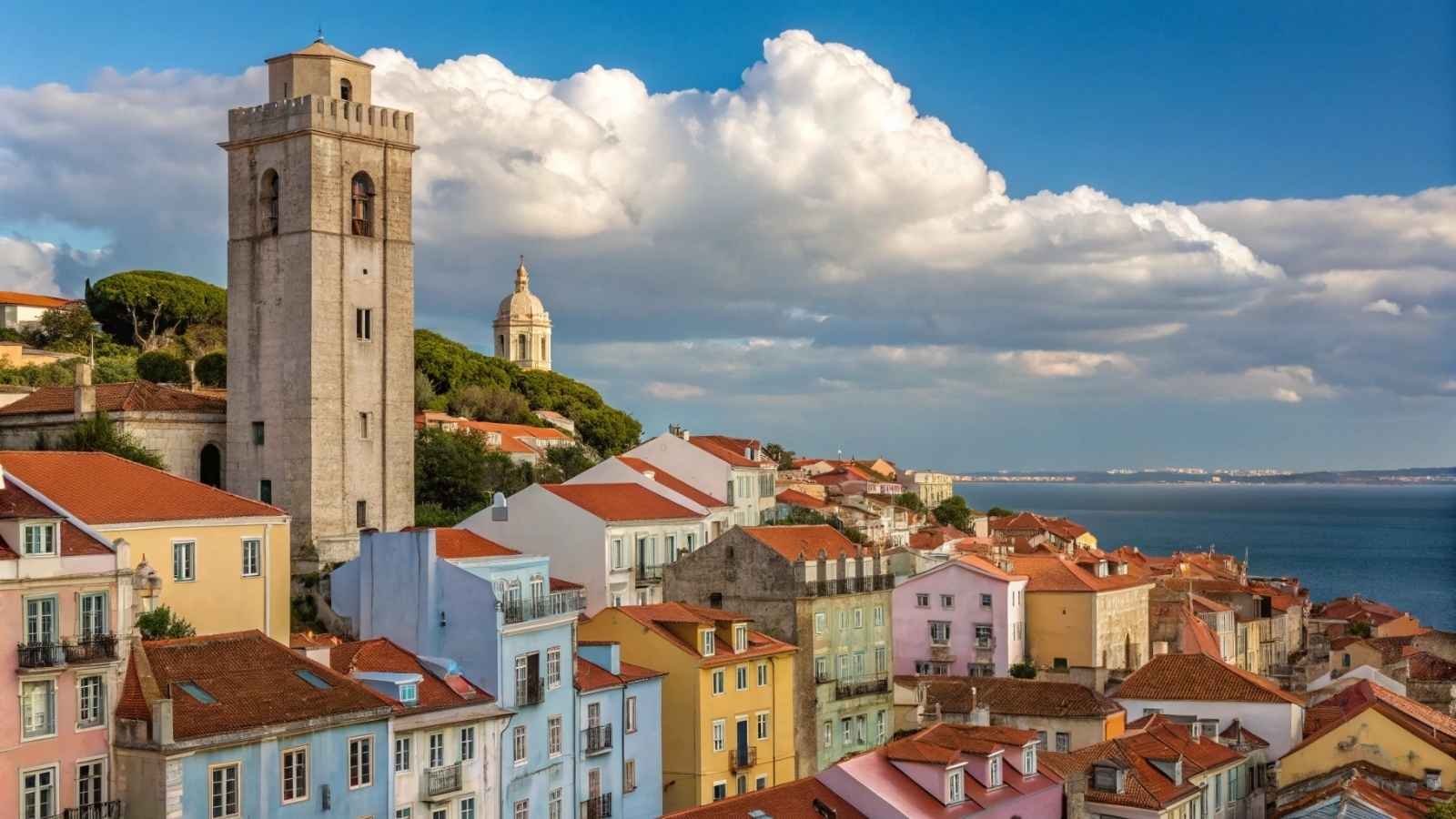
Lisbon was Europe’s best-kept secret not long ago — a city of tiled facades, soulful Fado music, and locals who took time to chat over espresso. Then came waves of digital nomads and expats drawn by remote work visas and low costs (by Western standards). The result? A housing crisis that pushed many Lisboetas out of the neighborhoods they grew up in.
Neighborhoods like Alfama and Bairro Alto turned into postcard versions of themselves, with locals leaving as Airbnbs took over. Even the government had to step in with new housing policies. Still, Lisbon remains irresistible — sunsets from Miradouro da Graça, trams clattering uphill, and pastries that taste like they were baked in heaven. The key is staying respectfully and exploring the less touristed districts like Campo de Ourique or Marvila, where local life still hums.
If you want to see Lisbon thrive again, travel slower and spend smarter. Rent from locals, buy from markets, and skip the soulless brunch spots that charge triple the local rate.
Quick Notes:
- Best months to visit: March to June, September to October
- Better alternative nearby: Setúbal or Cascais (less crowded coastal towns)
- Local etiquette tip: Avoid loud behavior — Lisboners value calm conversations
- Currency: Euro (EUR)
5. Mexico City, Mexico – The Culture Capital Feeling the Strain
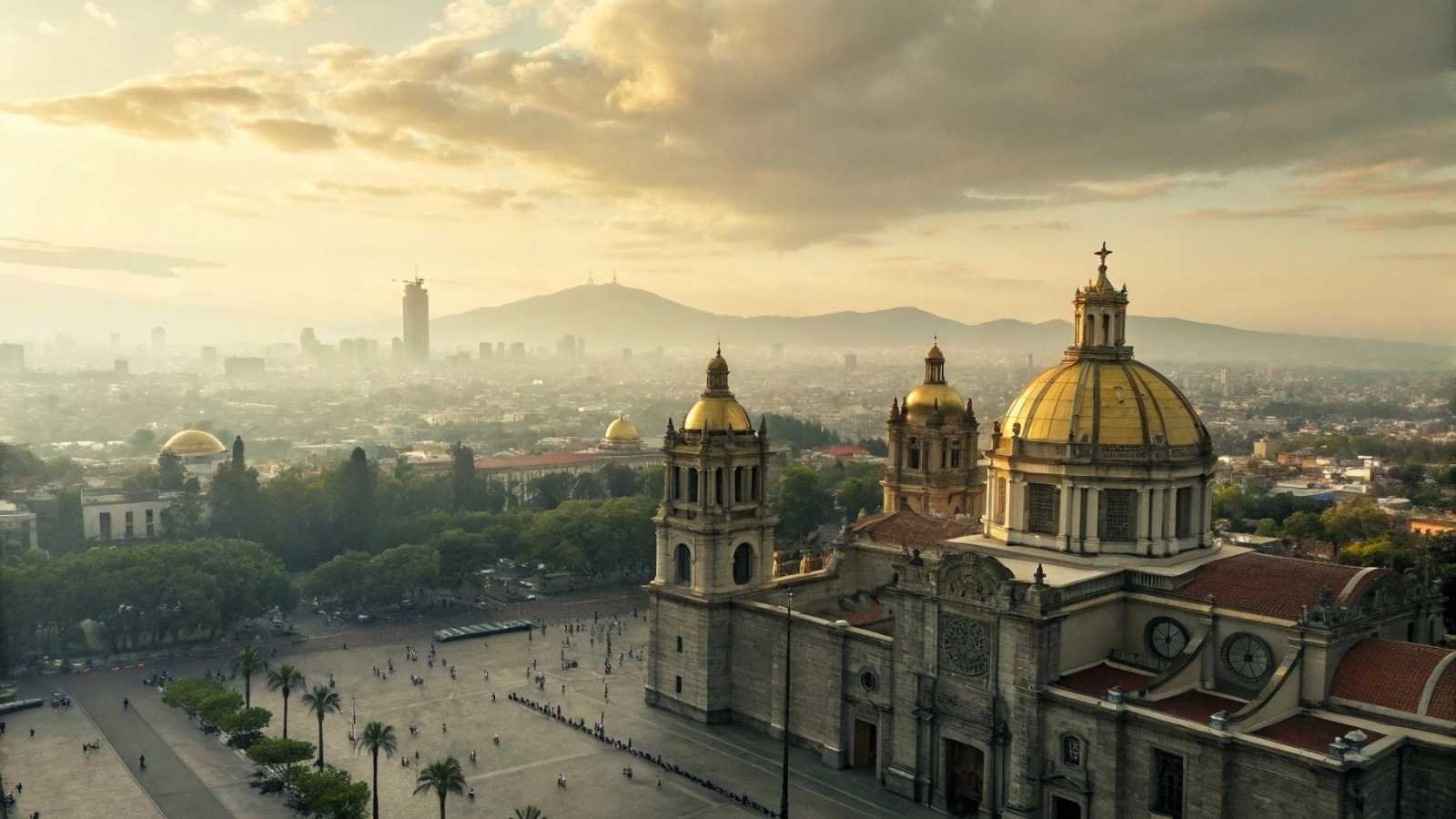
Mexico City has long been a magnet for artists, dreamers, and travelers chasing authenticity — but now, neighborhoods like Roma Norte and Condesa are buckling under the digital nomad surge. Rents have doubled, traditional taquerías are being replaced by vegan brunch spots, and locals are increasingly frustrated by rising prices and cultural displacement.
Yet, CDMX’s soul hasn’t vanished. It just moved a few blocks over. In Escandón, Santa María la Ribera, and Coyoacán, you’ll still find abuelitas selling tamales on corners, street musicians strumming under jacaranda trees, and neighborhoods where community feels real. That’s the Mexico City worth knowing — the one that doesn’t need Wi-Fi to feel alive.
If you’re working remotely from here, consider learning Spanish, tipping generously, and choosing long-term stays in less-gentrified areas. Locals welcome visitors who engage — not those who extract.
Quick Notes:
- Best months to visit: March to May (before summer rains)
- Better alternative nearby: Puebla or Querétaro
- Local etiquette tip: Don’t assume everyone speaks English; basic Spanish goes a long way
- Currency: Mexican Peso (MXN)
6. Valencia, Spain – Sunshine and Startups at a Cost
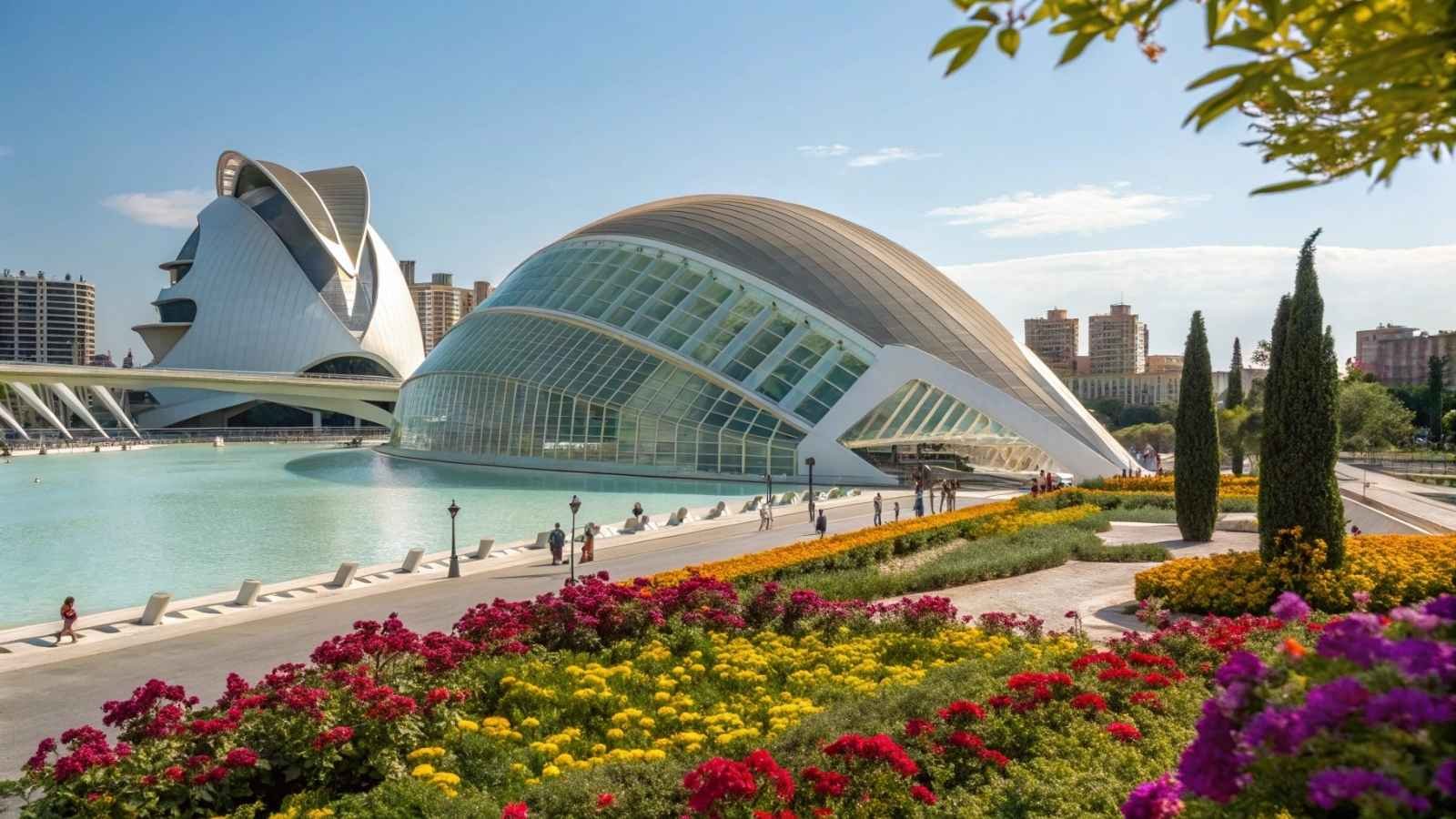
Valencia used to be one of Spain’s most livable cities — affordable rent, easy beach access, and an unpretentious Mediterranean pace. Then, as Barcelona got overcrowded, digital nomads started flowing in, bringing their laptops and startup dreams with them. Today, once-local neighborhoods like El Cabanyal are filled with trendy cafés and remote work hubs, but many residents say the change feels like a double-edged sword. Rents have spiked, and traditional markets are giving way to smoothie bars that charge triple the price of a café con leche.
Still, there’s something magnetic about Valencia. Its old-meets-new charm—centuries-old architecture beside futuristic science museums—keeps drawing people in. The trick is exploring responsibly: base yourself in neighborhoods that still feel local, take the tram instead of crowding old-town streets, and don’t treat the city like a backdrop for your next reel.
Valencia isn’t unwelcoming; it just asks for balance. If you treat it like a home instead of a hotspot, it gives back tenfold.
Quick Notes:
- Best months to visit: April to June, September to October
- Better alternative nearby: Castellón de la Plana or Gandía
- Local etiquette tip: Respect siesta hours — many shops close in the afternoon
- Currency: Euro (EUR)
7. Madeira, Portugal – When Paradise Gets Crowded

When remote workers discovered Madeira, it was hailed as a dream come true: eternal spring weather, lush mountains, and a local government that openly welcomed digital nomads. For a while, it worked beautifully. The small town of Ponta do Sol even became the world’s first “Digital Nomad Village.” But paradise doesn’t come without growing pains. Locals began to feel priced out of their own coastal homes, and the quiet rhythm of island life started to shift toward one centered around remote work meetups and content creation.
Madeira’s charm lies in its authentic island lifestyle—the kind that’s best appreciated when you step away from coworking hubs and venture into smaller inland villages like Santana or Porto Moniz. There, you’ll find the Madeira that locals love: terraced vineyards, fishermen chatting by the harbor, and an easygoing sense of time that no digital calendar can replicate.
The message from locals is clear: come for the beauty, stay with respect, and leave things as you found them. Madeira deserves nothing less.
Quick Notes:
- Best months to visit: March to September (mild and sunny)
- Better alternative nearby: Porto Santo Island (quieter, less digital-nomad-heavy)
- Local etiquette tip: Avoid loud behavior — small towns value peace and privacy
- Currency: Euro (EUR)
8. Cape Town, South Africa – Beauty Meets Inequality
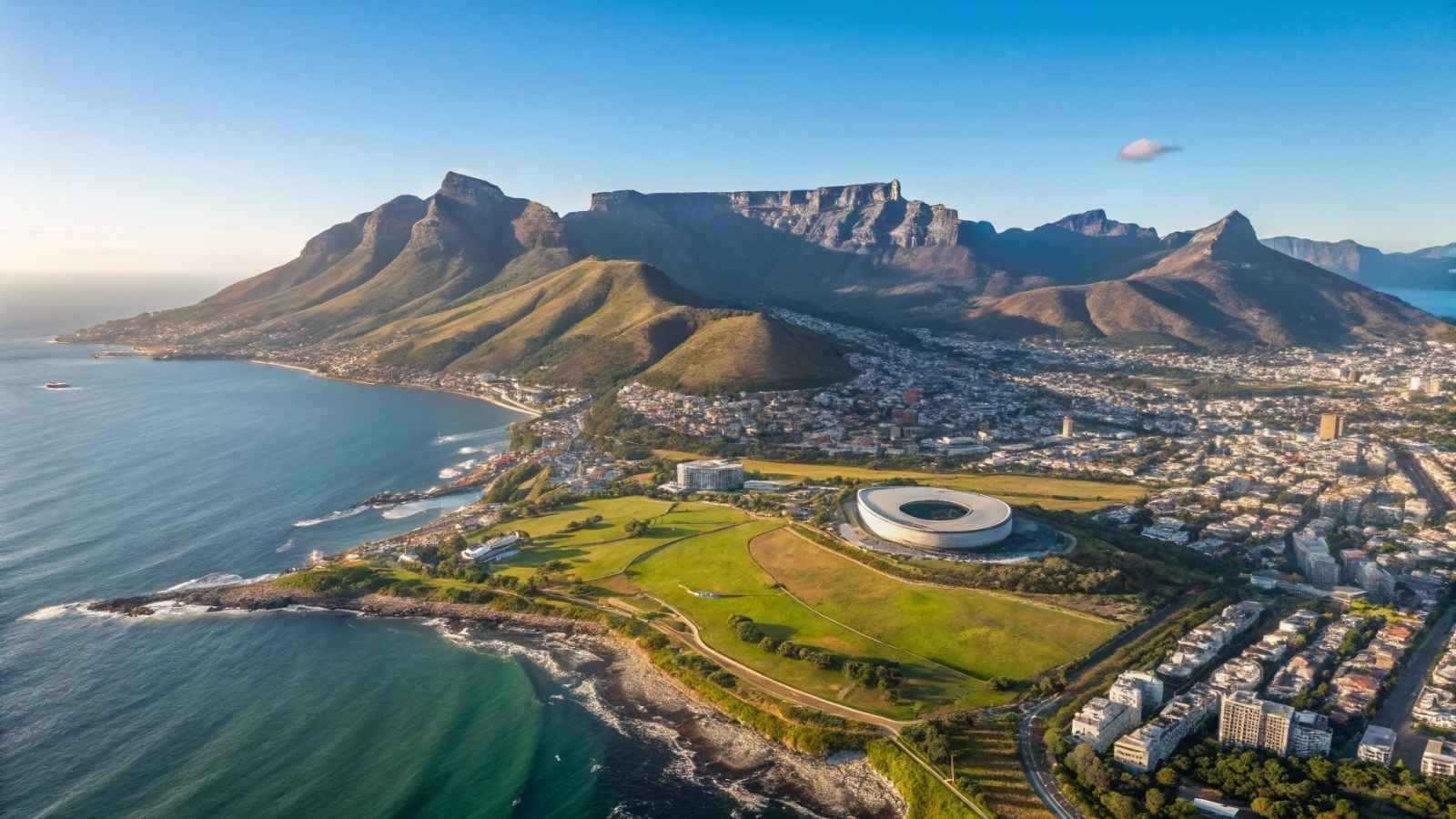
Few cities on Earth have a setting as jaw-dropping as Cape Town. Table Mountain towers above glittering beaches, and the energy here is electric. But in areas like Bo-Kaap and the city center, locals are increasingly vocal about gentrification tied to remote workers and expats. Colorful homes that once housed generations of families are now short-term rentals, and cafes once filled with community chatter now buzz with laptop clicks.
It’s not that Cape Town doesn’t welcome travelers — far from it. But the contrast between wealthy nomads and struggling locals has never been sharper. Many Capetonians wish visitors would look beyond the beaches and coworking spaces to engage with the city’s real heartbeat — through local art markets, township tours led by residents, and small businesses that actually keep the city alive.
Cape Town still has it all — mountains, wine, surf — but its beauty deserves depth. Spend your money where it matters, and the city will reward you with stories that last far longer than a TikTok post.
Quick Notes:
- Best months to visit: November to March (warm and dry)
- Better alternative nearby: Kalk Bay or Muizenberg
- Local etiquette tip: Tipping 10–15% is standard in restaurants
- Currency: South African Rand (ZAR)
9. Barcelona, Spain – The City That Hit Its Limit
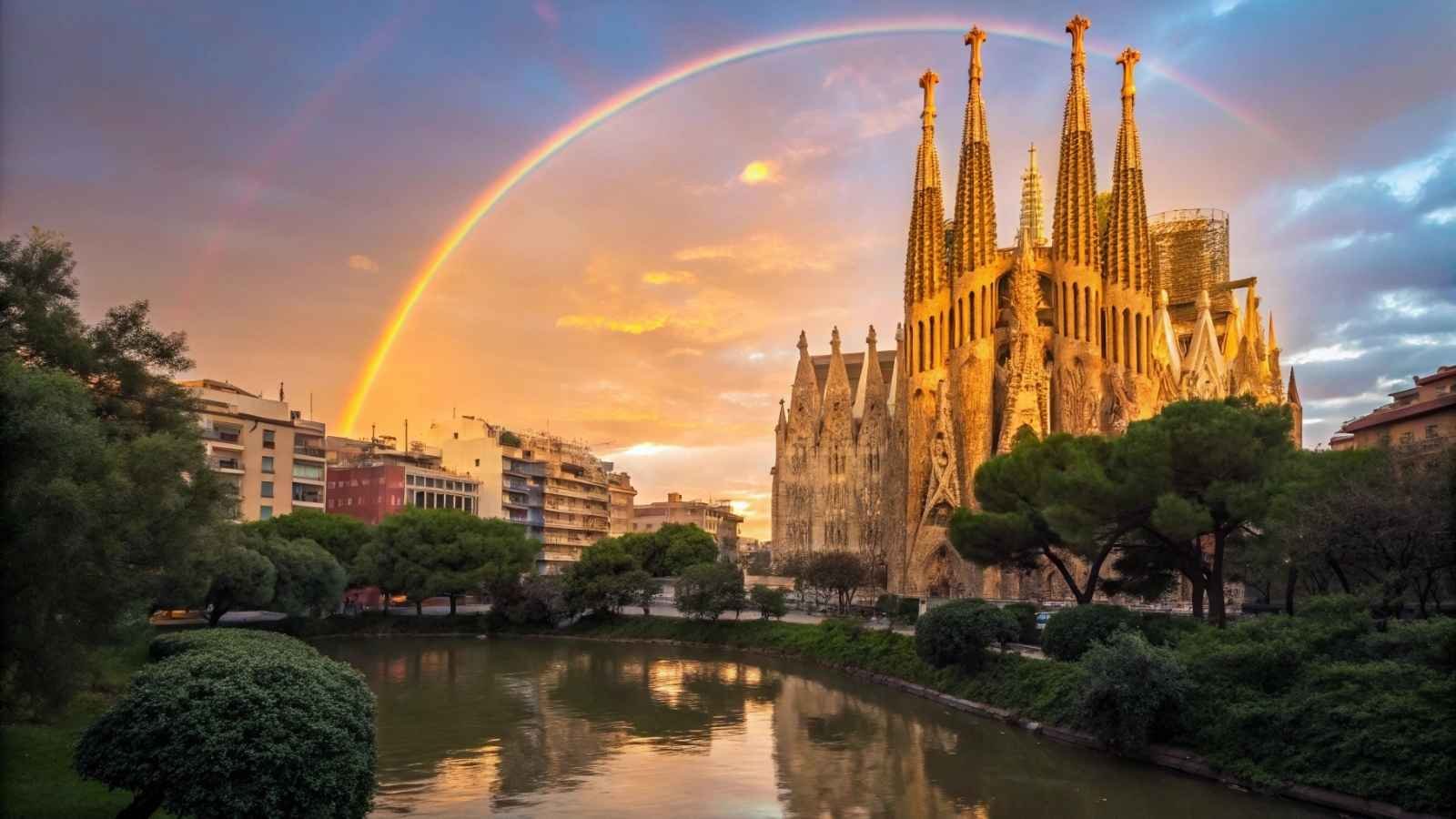
Barcelona was never meant to host the entire world at once — yet somehow, it feels like it does. With millions of visitors a year and a steady wave of digital nomads, locals are understandably exhausted. The Gothic Quarter, once echoing with Catalan voices, now feels like a theme park. Apartment prices have soared, and “For Rent” signs rarely last a day. Even as the city tries to regulate short-term rentals, the sense of loss among long-time residents runs deep.
But Barcelona is also resilient. Beyond the crowded core, neighborhoods like Gràcia or Poble-sec still carry that communal charm, with tapas bars run by families and plazas where children still play after sunset. To see Barcelona at its best, you have to slow down — wander side streets, eat late, speak softly, and be part of the rhythm, not the rush.
Locals aren’t anti-tourist; they’re pro-sustainability. Respect that, and the city opens up in ways no travel vlog can capture.
Quick Notes:
- Best months to visit: April to June, September to November
- Better alternative nearby: Girona or Tarragona
- Local etiquette tip: Avoid eating in tourist traps near Las Ramblas — locals never do
- Currency: Euro (EUR)






